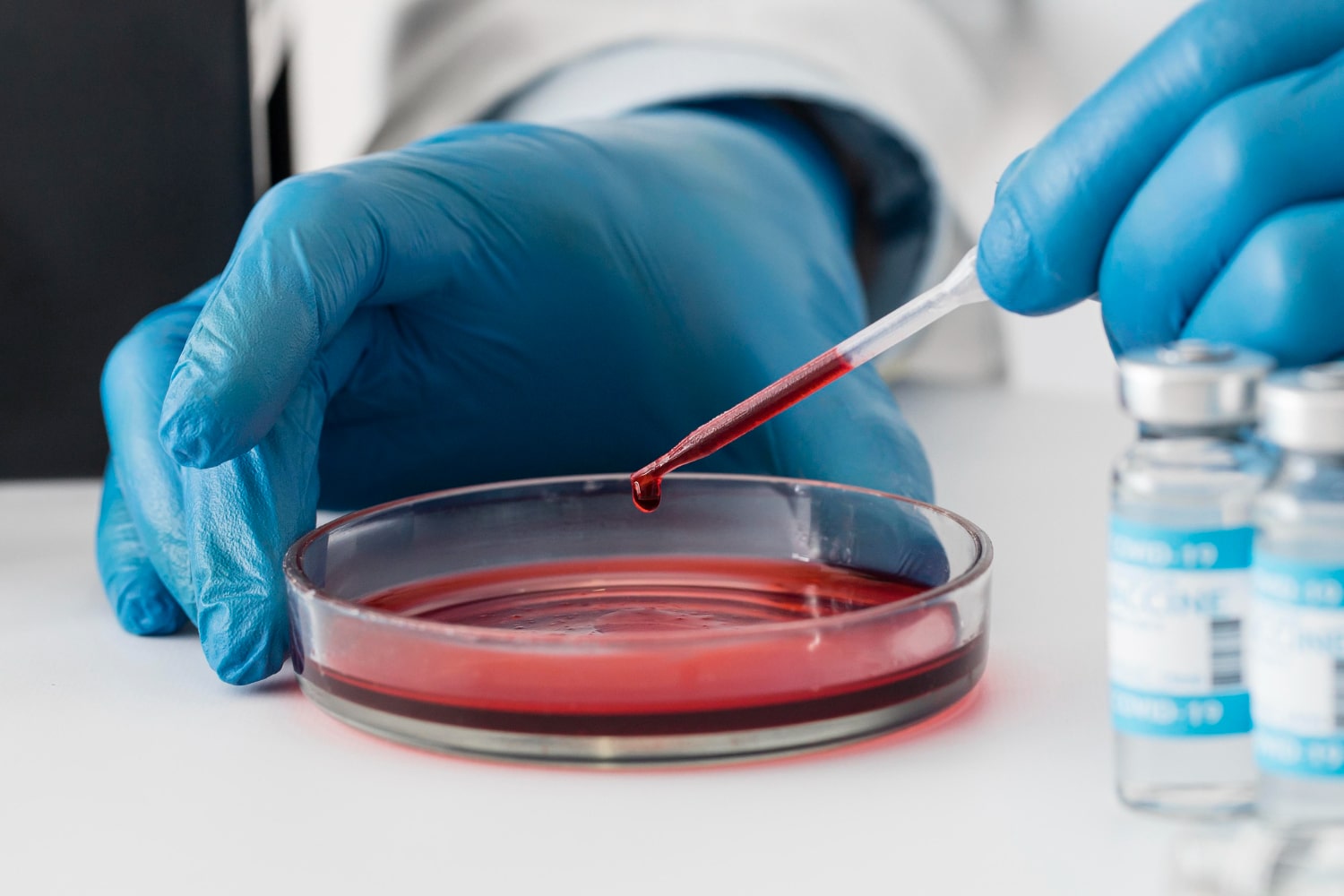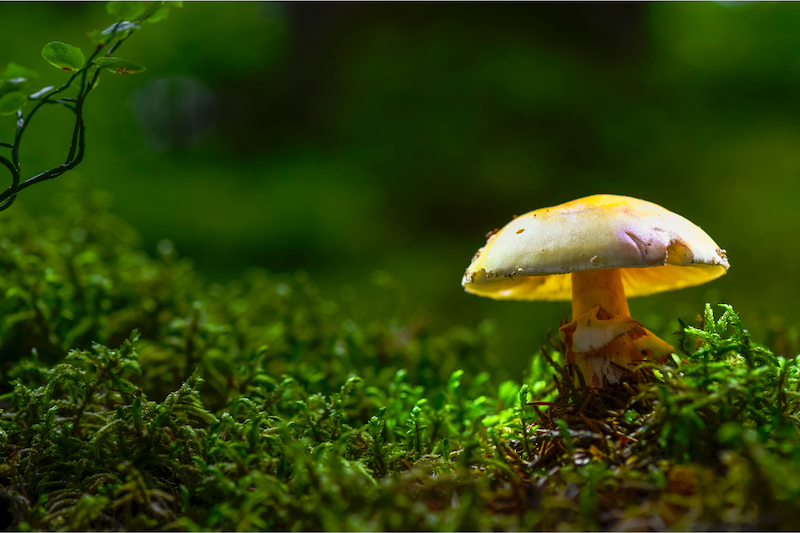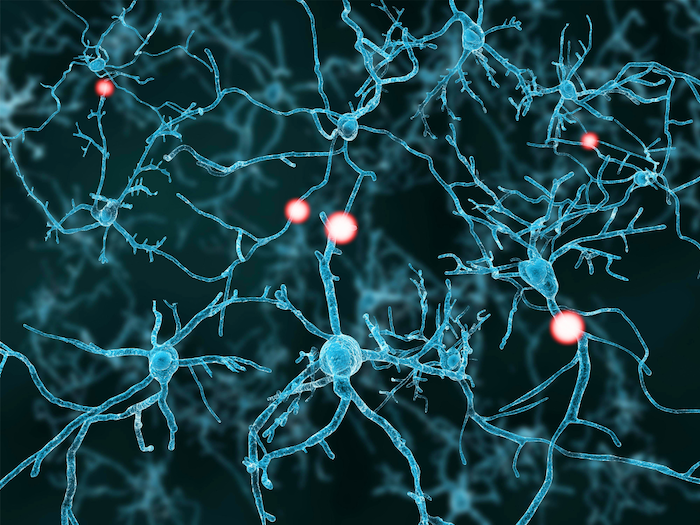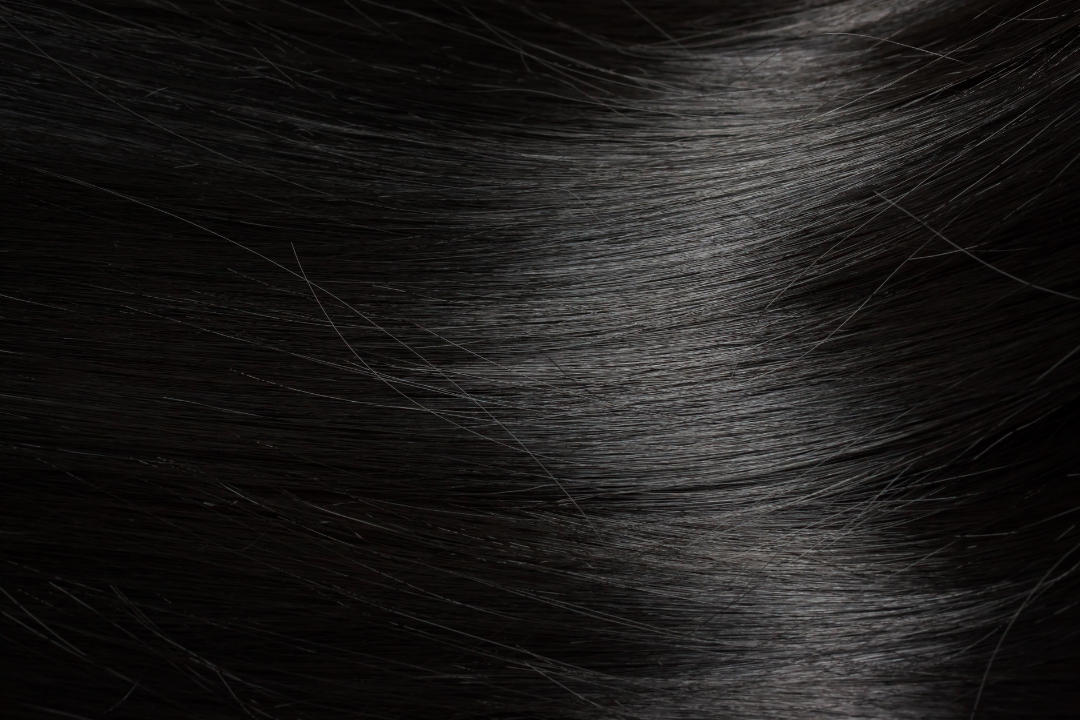Microscopic “super bots” repair neural wound model
In a recent development, scientists have brought science fiction to life by creating miniature biological robots, known as biobots, capable of healing brain cells within a controlled environment, such as a petri dish. The research, detailed in a study published in Advanced Science, was led by a team of scientists from Tufts University and the […] The post Microscopic “super bots” repair neural wound model appeared first on LifeSci Voice.

In a recent development, scientists have brought science fiction to life by creating miniature biological robots, known as biobots, capable of healing brain cells within a controlled environment, such as a petri dish. The research, detailed in a study published in Advanced Science, was led by a team of scientists from Tufts University and the Wyss Institute at Harvard University.
The biobots, named Anthrobots, were crafted using unaltered human tracheal cells, resulting in self-assembling multicellular structures. Remarkably, these Anthrobots demonstrated the ability to stimulate the regrowth of live, injured human neurons, showcasing potential applications in regenerative medicine. The scientists aim to utilize Anthrobots for various purposes, including clearing arterial plaque, recognizing bacteria and cancer cells, and serving as tools in regenerative medicine.
Study co-lead Michael Levin, expressed fascination at the unexpected capability of normal patient tracheal cells, devoid of DNA modifications, to autonomously move and encourage neuron growth in damaged areas. The researchers are now delving into understanding the underlying healing mechanisms and exploring additional functionalities of these constructs.
Human tracheal cells were chosen for Anthrobots due to their inherent anatomical characteristics, such as cilia-covered surfaces. These hair-like projections, when induced to grow outward, acted as “oars,” enabling the Anthrobots to move across tissue. The researchers observed the organic development of Anthrobots into various subtypes, including stationary “wigglers” and those moving linearly or in small circles, with a lifespan of 45 to 60 days in a petri dish.
This development builds upon previous work with Xenobots, another type of biobot created by Levin’s lab. Unlike Anthrobots, Xenobots were individually sculpted from frogs’ embryonic stem cells and focused on self-healing rather than healing other cells. The novel Anthrobots, grown organically from tracheal cells of adult donors, exhibit motility comparable to Xenobots but possess the added ability to stimulate the regeneration of adjacent neurons.
To assess the regenerative potential of Anthrobots, the researchers created a 2D layer of human neurons and induced a wound, mimicking injury. Employing the concept of “swarm intelligence,” Anthrobots were grouped into a “superbot,” strategically placed around the wound to facilitate repair. Remarkably, within 72 hours, the native neuronal tissue regrew to close the wound gap where superbots were present, indicating their role in the regenerative process.
The study sets the stage for further research to explore therapeutic applications of Anthrobots, potentially customizing them with different ciliated cell types or inducing ciliation in cells lacking natural cilia. Beyond regenerative medicine, these biobots hold promise for diverse applications, such as clearing arterial plaque. Similar biobots, including E. coli-based “microbots,” are already undergoing testing for potential use in cancer treatment by delivering drugs to tumor cells.
The post Microscopic “super bots” repair neural wound model appeared first on LifeSci Voice.
What's Your Reaction?





















